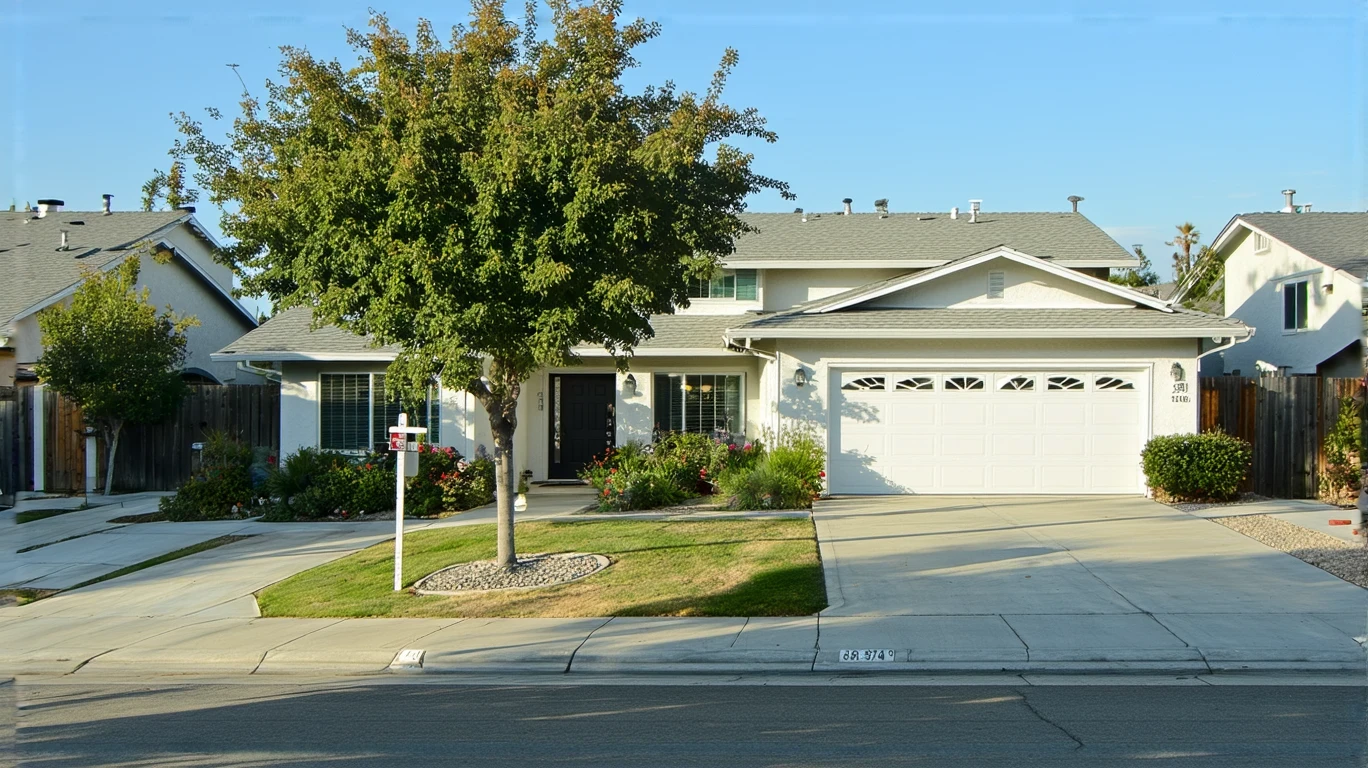
Understanding Utilities in Rancho Cucamonga
Here’s what typical utility costs look like in Rancho Cucamonga. For most households, utilities include electricity, water, trash, recycling, and in some cases, natural gas. The specific utilities cost in Rancho Cucamonga will depend on your home size, energy usage habits, and the season.
On average, a household in Rancho Cucamonga spends between $200-300 per month on basic utilities. This range accounts for both apartments and single-family homes. Larger houses tend to have higher utility bills, especially for electricity to power cooling in the summer months.
Utility costs are an important part of the overall cost of living in Rancho Cucamonga. While rent or mortgage payments are usually the biggest housing expense, estimating monthly utilities is key for accurate budgeting. This is especially true for those moving from areas with milder climates who may be surprised by summer electric bills in Rancho Cucamonga.
Table: Monthly Utility Estimates
Wondering how much your monthly bills might run? Here’s a quick breakdown for a typical home in Rancho Cucamonga:
| Utility | Estimated Monthly Cost |
|---|---|
| Electricity | $100 – $200 |
| Water | $60 – $100 |
| Natural Gas | $20 – $50 |
| Trash & Recycling | $20 – $40 |
| Total | $200 – $390 |
Estimates reflect a mid-size household in a single-family home. Apartments and condos may have lower utility costs. Actual bills will vary based on usage and home characteristics.
It’s important to note that many rentals in Rancho Cucamonga include some utilities like water, trash, and sometimes even gas in the monthly rent. However, electricity is almost always the renter’s responsibility. Be sure to ask a landlord or property manager what’s included before signing a lease to avoid surprise expenses.
How Weather Impacts Utilities in Rancho Cucamonga
Rancho Cucamonga experiences hot, dry summers and mild winters. This means that seasonal weather has a big impact on utility costs, especially electricity.
In the summer months, cooling costs drive up electric bills substantially. Many Rancho Cucamonga households see bills 30-50% higher in July and August compared to more temperate months. The dry, intense heat means air conditioners work overtime. Expect to run your AC most days from late morning through evening in summer.
Winter brings cooler temperatures to Rancho Cucamonga, but heating costs are much lower compared to most of the country. Overnight lows dip into the 40s, so you will likely need to run your furnace. However, natural gas prices are relatively low. If your home has electric heat, winter electric bills are still usually lower than summer ones.
How to Save on Utilities in Rancho Cucamonga
While utility costs are a fact of life, there are many ways for Rancho Cucamonga residents to keep bills under control:
- Take advantage of off-peak billing for lower electricity rates at night and on weekends
- Consider installing solar panels to generate your own clean energy (check for local incentives and tax credits)
- Use a smart thermostat to automatically adjust your AC and heat when you’re away
- Plant shade trees near your home to block intense summer sun
- Upgrade to energy-efficient appliances, especially your air conditioner, furnace, and water heater
🏆 Tip: Many utility providers in Rancho Cucamonga offer rebates for installing efficient HVAC systems, up to several hundred dollars. It pays to upgrade!
Simple habits like turning up your thermostat a few degrees in summer, using fans, and closing blinds during the day can add up to major savings. Making your home more energy-efficient is good for your wallet and the environment.
FAQs About Utility Costs in Rancho Cucamonga
What is the average electric bill in Rancho Cucamonga during summer?
For a typical single-family home, monthly summer electric bills usually run $150-$250 in Rancho Cucamonga. Larger homes or those with older, inefficient AC systems may see even higher costs. Using fans, keeping your thermostat a bit higher, and taking advantage of off-peak rates can help keep bills in check.
Do HOAs in Rancho Cucamonga cover any utilities?
This varies by community. Some HOAs include trash and water. Very rarely, HOAs in condo and townhome communities may cover a portion of other utilities in the dues. However, most Rancho Cucamonga homeowners are responsible for all of their own utility accounts and bills.
Is water more expensive in Rancho Cucamonga than nearby cities?
Water rates in Rancho Cucamonga are comparable to most nearby areas. Costs may be slightly higher than some communities due to the dry climate and need for extensive outdoor irrigation. Choosing drought-tolerant landscaping can help reduce water usage and bills.
Smarter Utility Planning in Rancho Cucamonga
While hot summers mean high electric bills are a reality of life in Rancho Cucamonga, there are many ways to manage utility costs. Choosing an energy-efficient home or making efficiency upgrades can dramatically reduce ongoing bills. Taking advantage of special rate plans and rebates helps too.
It’s also important to factor in utility costs when deciding how much home you can afford in Rancho Cucamonga. Estimating monthly expenses, including electricity, water, gas, and trash, along with rent or mortgage payments, will give you a full picture of housing costs. Using average utility figures can help you make a smart, budget-friendly choice.
Of course, utilities are just one piece of the cost of living puzzle in Rancho Cucamonga. As you budget for monthly expenses, don’t forget to account for things like internet and streaming costs. You may also encounter some unexpected or hidden fees when moving to Rancho Cucamonga.
By understanding the factors that impact utility bills in Rancho Cucamonga and planning ahead, you can keep monthly costs manageable while staying comfortable in your home. A little preparation goes a long way in budgeting for this key expense.
